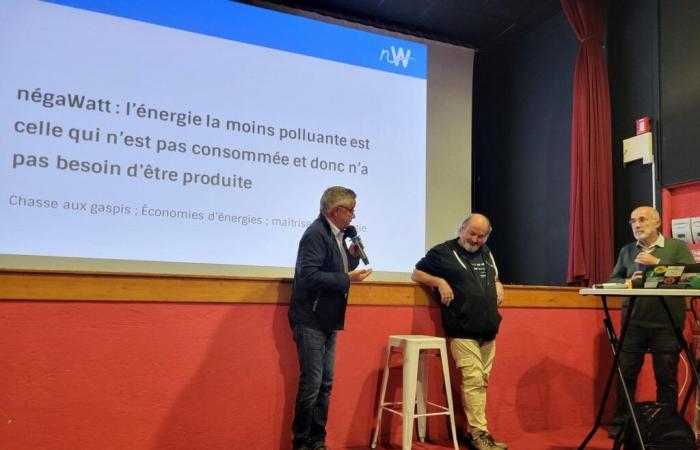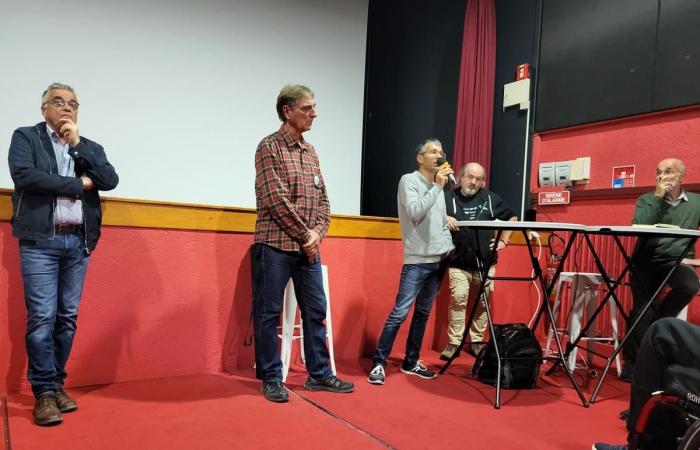CL
Partners of the evening, Fabrikwatt de Ruelle, CAUE (France Rénov), Mosc Chalais (mobility).
Dn the framework of the ecological transition policy of the Lavalette Tude Dronne community of communes, Jean-Yves Ambaud, its president, on a suggestion from Pierre-Marie Bourlon, president of the Université Populaire du Pays Sud Charente, welcomed Paul Neau on Thursday , ecological engineer, member of the négaWatt association and specialist in the environment and renewable energies for a conference on the carbon neutrality of territories by 2050.
“The least polluting energy is that which is neither consumed nor produced.” From this observation, Paul Neau rolled out the ideal scenario, the result of serious, realistic and quantified field studies, for a successful energy transition aimed at carbon neutrality and a 100% renewable France. This scenario is based on sobriety (what real needs?), energy efficiency (machines, devices, vehicles, housing) and renewables.
What degree of acceptability?
From this demonstration, it follows that wind and solar power would be the main – but not the only – and least expensive means of replacing fossil fuels and producing carbon-free energy.
Proposals which have no other objectives “than to show the direction, the range of solutions and the quantified means in a balanced scenario” says Paul Neau, when a large and informed audience points out that the presentation is missing a very important element: the degree of acceptability of the projects by the population.
As proof, the collective which rose up in Montmoreau for “the preservation of rural landscapes, heritage and green tourism”, sacrificed on the altar of photovoltaics. “Unlivable without the development of renewable energies,” said a speaker, “the countryside would be no less so if it was industrialized and concreted”, “Carbon impact for the manufacture of panels, wind turbines, generation of waste”…
Based on the Fabrikwatt de Ruelle model and on existing documents (renewable energy development plan, PLUI in progress), President Ambaud pleads, with the elected officials of the territory, so that “citizens, communities and professionals” combine to produce and self-consume locally, prioritize renewable energies to the extent that they are accepted by the population, favor sites that have no visual impact and wish to use existing potential without artificializing the land.







